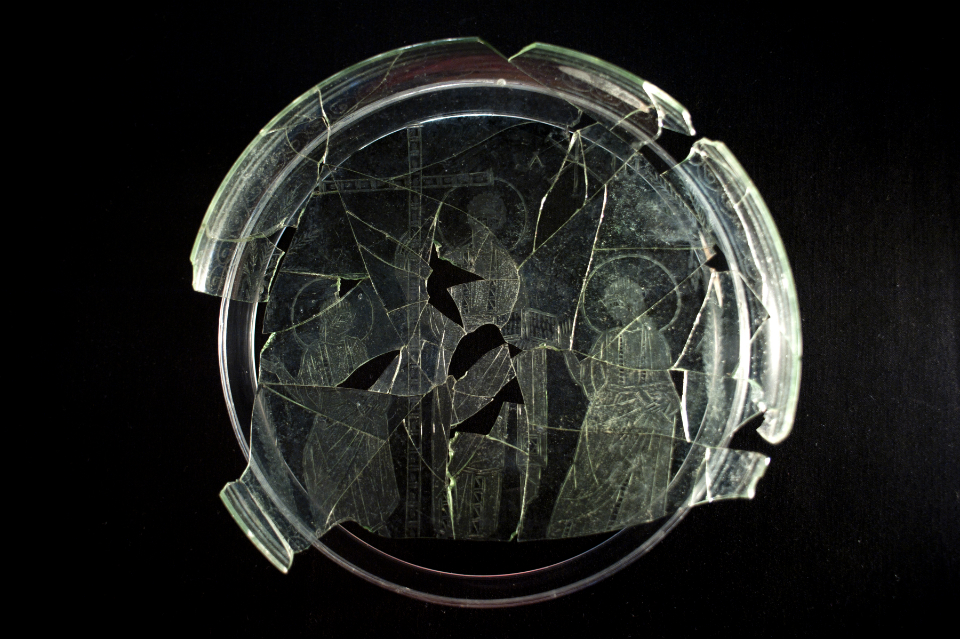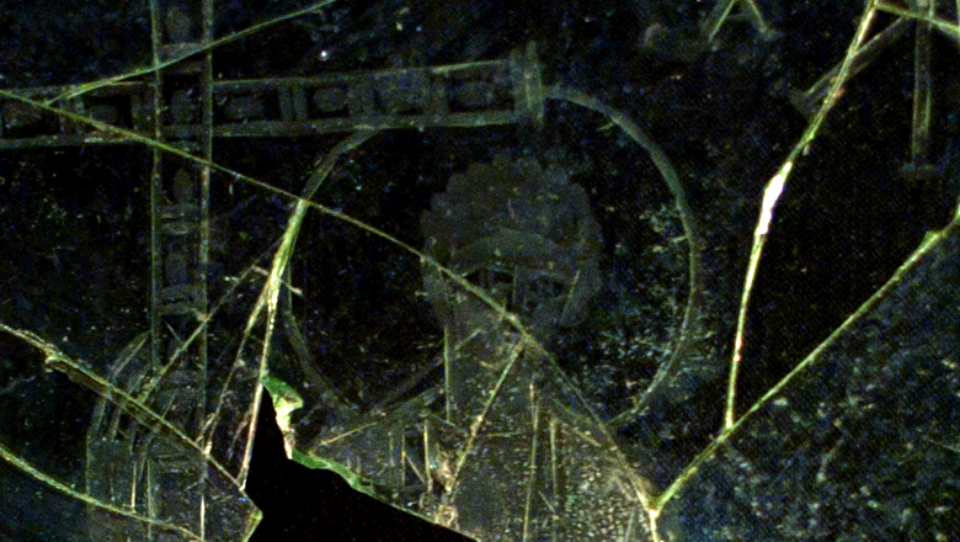Filtered By: Lifestyle
Lifestyle
Rare clean-shaven Christ unearthed in Spain

Light shines through a glass dish, baring the engraved image of a Christ without a beard, short hair and wearing a toga, exposed in the Museum of Archaeology of Linares near Jaen on October 7, 2014. Dating from the 4th century bc this unusual picture, one of the oldest of Christianity, was discovered in Spain and took three years for archaeologists who regualrly discovered fragments in the ruins of a building for religious worship in Castulo to piece together almost all of the 22 centimeter diameter plate. AFP PHOTO/ JORGE GUERRERO
LINARES, SPAIN - Archaeologists say they have found one of the earliest pictures ever of Jesus Christ, sporting an unusual clean-shaven, short-haired look, on an old glass plate unearthed in southern Spain.
The team found numerous fragments of glass during a three-year dig in the ruined ancient city of Castulo and in July dug up some bigger bits with designs that caught their eye.
When pieced together, the shards formed a plate dating to the fourth century AD, with an engraving of Christ in a Roman-style toga, neatly groomed.
The researchers identified it as a paten, a plate for holding the bread for communion.
They pieced together more than 80 percent of the plate, which measured 22 centimeters (about 8.5 inches) in diameter.
It went on display this month in a museum in the southeastern Spanish town of Linares.

Closeup detail of the reassembled glass paten, showing a short-haired and clean-shaven Christ in a toga standing beside the cross. AFP PHOTO/ JORGE GUERRERO

Closeup detail of the reassembled glass paten, showing a short-haired and clean-shaven Christ in a toga standing beside the cross. AFP PHOTO/ JORGE GUERRERO
The leader of the dig, Marcelo Castro, hailed the finding as "an exceptional archaeological document".
Three haloed figures are engraved on it, with Christ himself in the middle, holding a cross and a Bible, flanked by two men thought to be the apostles Peter and Paul.
Experts say Christ's lack of beard and short curly hair in the engraving are very rare traits in historic depictions of him.
Castro said it was a relic of a key early period in church history, just after the Roman Emperor Constantine embraced Christianity.
Previously Christians had worshipped in secret and produced few sacred images for fear of persecution under the Romans.
The Roman style of the paten was "present in the first moments" of Christianity post-Constantine but was "discarded later on in favour of other ways of depicting Christ", Castro told AFP.
The team of archaeologists believe the plate was made in the Ostia glasswork district of ancient Rome.
Other rare examples of similar early Christian art are held in Paris's Louvre Museum and the Toledo Museum of Art in Ohio, he said. — Agence France-Presse
Tags: jesuschrist
More Videos
Most Popular



